Changeover Reduction Strategies in PlanetTogether with ERP Insight: Elevating Packaging and Containers Manufacturing
In the fast-moving world of packaging and containers manufacturing, efficiency isn’t just about making things faster—it’s about making things smarter. One of the largest hidden drains on production time and profitability is changeover: the time and resources needed to switch a production line from one product, size, or material to another. While each changeover may only take minutes or hours, across weeks and months, the cumulative effect can mean thousands of lost production hours, idle equipment, and rising costs.
For Manufacturing IT leaders tasked with driving operational excellence, reducing changeover times has become a high-impact opportunity for digital intervention. Today, integrated solutions like PlanetTogether Advanced Planning and Scheduling (APS), combined with ERP giants such as SAP, Oracle, Microsoft, Kinaxis, or Aveva, are offering powerful strategies to slash changeover times, optimize sequencing, and transform factory agility.
Let’s explore how these integrated platforms are reshaping changeover management and providing Manufacturing IT with the data-driven insights they need to drive measurable improvements.
The Changeover Challenge in Packaging Manufacturing
Packaging and containers production is uniquely complex. Unlike some continuous industries, packaging lines frequently juggle:
Different product formats (bottles, cans, cartons, wraps)
Variable materials (glass, plastics, biodegradable films)
Multiple sizes or brand SKUs within a single run
Color or print changeovers for labels and packaging graphics
Customer-specific customizations
Each time the line shifts, it may require tool adjustments, material feeding changes, equipment cleaning, or system recalibrations. While some changes are quick, others are lengthy and resource-heavy, especially when teams don’t have optimized sequencing plans.
From an IT perspective, many of these inefficiencies stem from a lack of real-time visibility and poor coordination between scheduling systems and enterprise resource planning (ERP) systems. Without synchronized data on inventory levels, order priorities, machine availability, and workforce schedules, planners are often forced to make reactive, manual adjustments that increase changeover frequency.
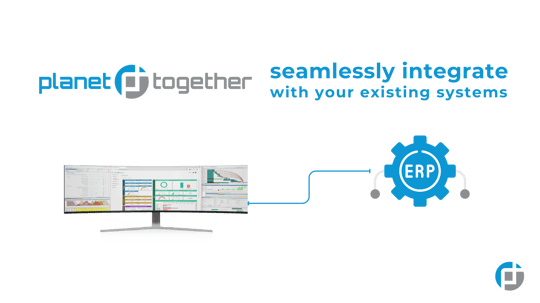
How PlanetTogether APS Tackles Changeovers
PlanetTogether APS is designed to intelligently optimize production sequencing by minimizing non-value-added activities, such as unnecessary changeovers. But it doesn’t work in isolation—its true power comes from integration with leading ERP systems like SAP, Oracle, Microsoft, Kinaxis, and Aveva.
Here’s how the combined ecosystem drives changeover reduction:
Smart Sequencing Algorithms
PlanetTogether’s scheduling engine prioritizes job orders to reduce the number of switches. For example, it can group runs by shared characteristics—such as color, material, or SKU family—to minimize changeovers. Rather than jumping between small, fragmented runs, the APS system smooths the production flow.
ERP-Integrated Data Visibility
When integrated with ERP systems, PlanetTogether gains access to live order data, inventory positions, customer requirements, and material availability. This connection eliminates the blind spots common in siloed systems, ensuring that production sequences aren’t just optimized from a scheduling perspective but also from a supply chain and inventory perspective.
Dynamic Rescheduling
Unforeseen events like urgent rush orders, material delays, or equipment breakdowns can throw off even the best-laid plans. With ERP integration, PlanetTogether can dynamically adjust the schedule, re-sequencing orders in a way that continues to protect changeover minimization, balancing real-time constraints and maintaining service levels.
Simulation and What-If Analysis
Manufacturing IT teams can use PlanetTogether’s simulation features to test how different production strategies affect changeover times. What if they batch small SKU orders together at the end of the shift? What if they introduce a dedicated changeover window? With ERP data feeding into the model, these simulations become highly realistic, enabling informed, data-driven decisions.
KPI Tracking and Continuous Improvement
Integrated reporting dashboards allow IT and operations teams to track key metrics such as changeover time, sequence efficiency, and on-time delivery performance. By combining ERP operational data with APS scheduling insights, teams can identify root causes of delays, experiment with continuous improvement strategies, and measure their impact over time.
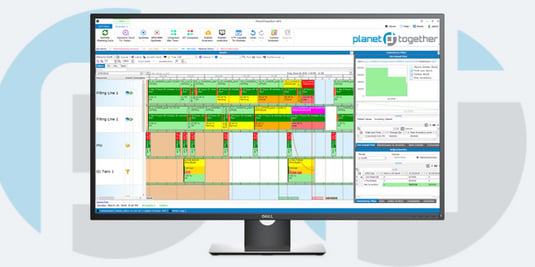
Key Changeover Reduction Strategies Enabled by Integration
Let’s break down some specific strategies Manufacturing IT teams can deploy using PlanetTogether + ERP integrations:
Batch Similar Jobs Together
Rather than scheduling purely based on due dates, PlanetTogether can batch jobs that require the same machine setup, material type, or packaging format. For example, all PET plastic bottle runs might be sequenced together, followed by all glass bottle runs, reducing material swaps. This requires ERP visibility into material availability and confirmed customer orders.
Introduce Setup Matrices
PlanetTogether allows the use of setup matrices—rules that define the cost or time of switching from one job to another. For example, switching from a small to large bottle size might take 15 minutes, but changing from glass to plastic could take 2 hours. Integrated with ERP data, the APS system uses these matrices to automatically prioritize low-setup sequences.
Leverage ERP Insights on Demand Prioritization
ERP systems hold crucial data about customer commitments, penalties for late deliveries, and high-priority contracts. By feeding this data into PlanetTogether, the scheduler can intelligently balance changeover minimization with service-level obligations, avoiding cases where reducing changeovers leads to missed delivery deadlines.
Enable Workforce and Maintenance Coordination
Changeovers don’t just involve machines—they also rely on people and maintenance windows. Integration with ERP systems helps ensure that workforce schedules and planned maintenance are factored into sequencing decisions. This prevents scenarios where an optimal production plan on paper fails because the right technicians aren’t available at the right time.
Monitor and Reduce Micro-Changeovers
Not all changeovers are major. Micro-changeovers—like minor material tweaks or label swaps—can still add up to significant time losses. With PlanetTogether pulling granular ERP data, manufacturers can track these small events, identify patterns, and develop strategies to either eliminate them or cluster them for efficiency.
The Role of Manufacturing IT in Driving Change
For Manufacturing IT teams, success isn’t just about deploying tools—it’s about creating integrated ecosystems that empower operations, planning, and leadership teams with actionable insights.
Here’s how IT leaders can champion changeover reduction:
Lead the Integration Effort: Ensure PlanetTogether APS is fully and seamlessly integrated with the company’s ERP (whether SAP, Oracle, Microsoft, Kinaxis, or Aveva), allowing smooth data flows and eliminating manual handoffs.
Prioritize Data Quality: Poor or incomplete ERP data undermines the accuracy of APS scheduling. IT should work with business units to improve data governance, master data management, and system harmonization.
Promote Cross-Functional Collaboration: IT must act as a bridge between production, planning, and supply chain teams, making sure all departments understand how integrated systems can reduce changeovers and improve performance.
Invest in Continuous Training and Improvement: Tools evolve, processes evolve, and people evolve. Ongoing training ensures that scheduling teams know how to leverage the full potential of the PlanetTogether + ERP ecosystem.
The Payoff: Faster, Smarter, More Agile Manufacturing
Reducing changeover times in packaging and containers manufacturing doesn’t just deliver isolated time savings—it can transform the agility, profitability, and competitiveness of an entire facility.
With an integrated approach, where PlanetTogether APS works in harmony with ERP systems like SAP, Oracle, Microsoft, Kinaxis, or Aveva, Manufacturing IT leaders can:
Increase productive machine time
Reduce material waste and scrap during transitions
Improve on-time delivery rates
Lower labor costs associated with frequent setups
Enhance customer satisfaction through more reliable production schedules
In a market where customers expect shorter lead times, higher customization, and sustainable manufacturing practices, these improvements are not optional—they are essential.
For Manufacturing IT professionals in the packaging and containers industry, the path to operational excellence runs through integration. By combining advanced APS solutions like PlanetTogether with the deep data reservoirs of ERP systems, IT teams can lead the charge in reducing changeovers, unlocking efficiencies, and positioning their companies for future-ready manufacturing.
Changeover reduction isn’t just an operations challenge—it’s a digital strategy. And with the right tools and integrations, it’s a challenge you can decisively conquer.
Are you ready to take your manufacturing operations to the next level? Contact us today to learn more about how PlanetTogether can help you achieve your goals and drive success in your industry.
Topics: PlanetTogether Software, Integrating PlanetTogether, Dynamic Rescheduling, Packaging Manufacturing, Scenario Simulation and What-If Analysis, Smart Sequencing Algorithms, ERP-Integrated Data Visibility, KPI Tracking and Continuous Improvement, Batch Similar Jobs Together







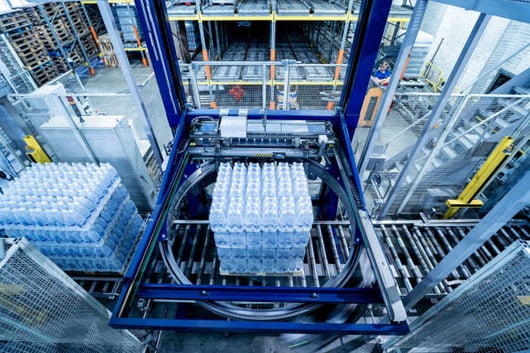
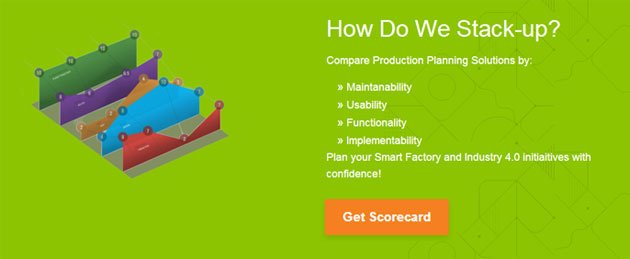
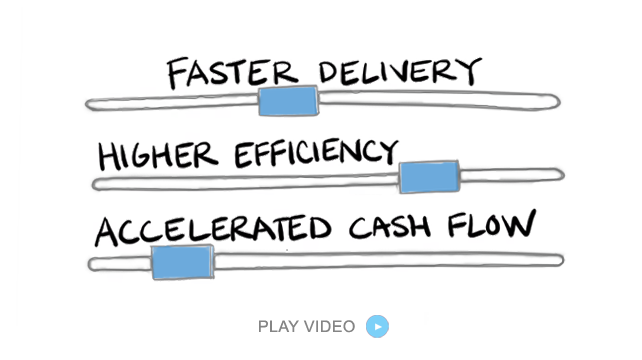











LEAVE A COMMENT